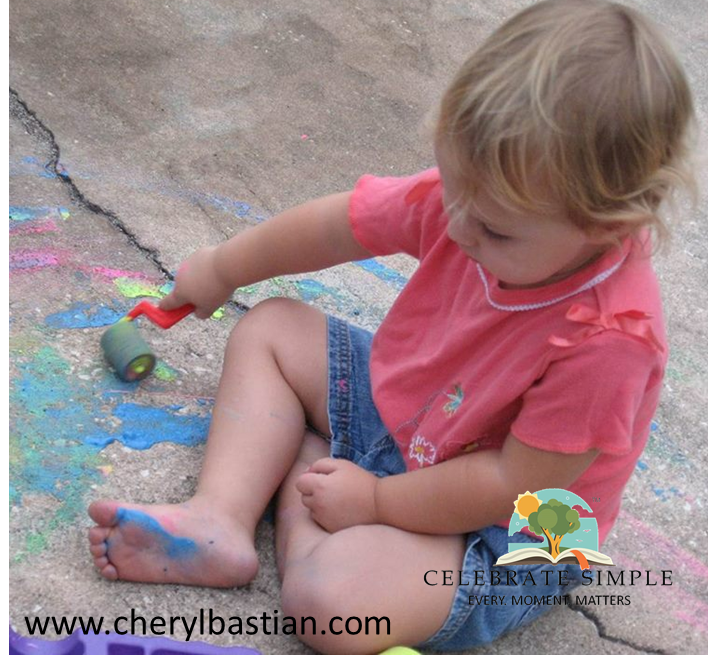Paint a Fall Tree Using Pointillism
/Want to beat afternoon boredom, toss up something different in a slow moving week, or calm things down when the schedule has run extra fast?
George Seurat became known as the Father of Pointillism. This style—small dots placed close together to allow the visual blending of color—was popular in the late 1800s after the Impressionist era. Some of the most famous masterpieces created with this style were
Georges Seurat’s Alfalfa
Henri Martin’s Green Valley with a Stream
Paul Signac’s Le Clippe
Introduction to art media and techniques can ignite the natural creativity of young learners and keep ingeniousness alive in olders. This fall painting activity delighted our learners, Kindergarten to late elementary. Each young artist employed her unique thinking to the process to create a different work of art. Your children can, too!
Prepare.
Look at masterpieces using this distinctive style. Offer children an appreciation for how artists used this style to create very distinctive art. Point out similarities and differences in color tones and values, light, and line. Consider what elements differentiate the works.
Gather materials.
8 x 12 white construction paper
brown construction paper (optional)
tempera paints—particularly red, orange, yellow and brown
paint palette or plastic lid/tray or egg carton (makes for easier clean up)
cotton swabs
You’re ready!
Look at pictures of fall leaves or landscapes of fall trees. This is especially helpful for children who live in places where leaves don’t change colors.
Talk about fall colors. Place small amounts of said tempera paints in a palette. Place a cotton swab in each puddle of paint.
Try mixing paints to create new fall colors—like red and yellow to make orange or red and orange to make red-orange.
Give each child a piece of white paper.
Make a tree trunk. Some children may choose to paint a trunk, others may want to cut one out of brown construction paper or use small torn pieces of brown paper to make create a torn paper collage look. This is part of what will make each painting unique.
Add the fall leaves!
Give pointillism a try!
Little learners LOVE this activity'; dabbing dots while strengthening and refining small motor skills. Bigger kiddos will enjoy expressing their unique ideas.
Keep learning alive and moving forward.
Extend this art activity into other content areas.
Science
If leaves are changing color in your area, take a walk and enjoy the beauty.
Collect fallen leaves (and a few acorns). Bring them home and observe under a magnifying glass or Magiscope.
Point out the midrib, margin, and veins.
Notice the similarities and differences in the leaf shape and type.
Use a field guide or online resource to identify.
Make a leaf collection book or leaf nature journal (this is art, too!)
Discuss how cooler temperatures and shorter days affect the leaves food making process, changing the leaves color. Read Why Leaves Change Color by Betsy Maestro.
Read (this is language arts, too!)
Red Leaf, Yellow Leaf by Lois Ehlert
We’re Going on a Leaf Hunt by Steve Metzger
Math
Sort leaves by type or color.
Count leaves.
Use leaves to make sets of specific numbers—sets of three, sets of five.
Add sets of leaves.
Make math statements—three oak and two maple make five leaves in total.
More Art
Read Leaf Man by Lois Ehlert and make leaf people with the leaves collected.






























